How To… View Art
- 13 Jun 2023
- By Deshal Shah
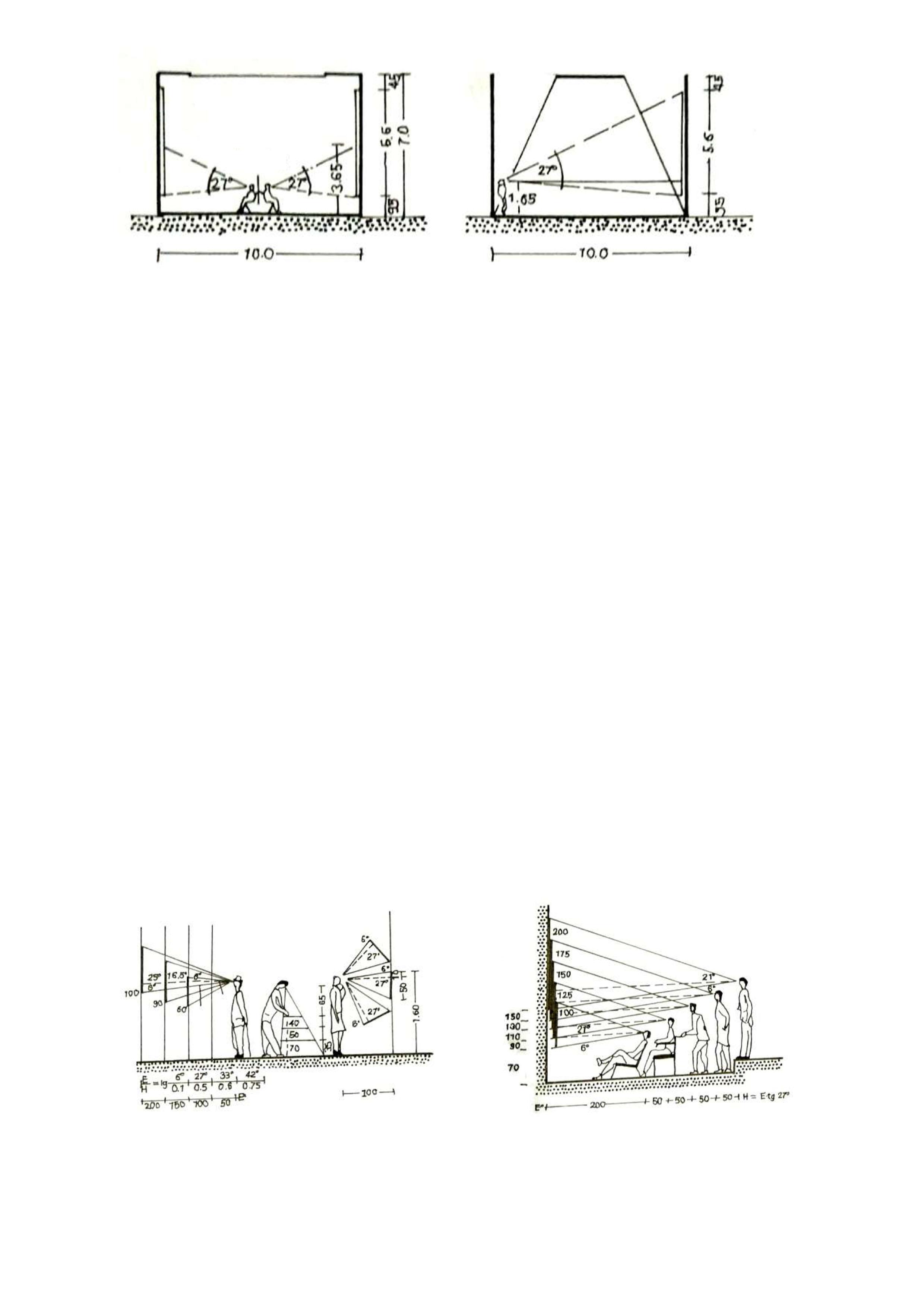
Art is embedded in our lives in such a way that it can no longer be removed from our day to day lives. Every individual involves different art forms into their practice of profession and draws inspiration from it, as well as for it. Creating art is a way of portraying your notions, philosophies and thoughts. Viewing and critiquing art, further involves the society to show its support or give ideas of improvement.
.jpg)
Aesthetic experiences add flavor to our monotonous life.
It breaks the everyday routine and brings around a change every once in a while. That is the reason people engage in watching theatre or musicals or go to museums or exhibits on weekends. It gives meaning to life. It brings out the creativity in an individual. It increases the working efficiency. It allows you to know the thoughts of people around you. After all, art is the reflection of society.
Art viewing
and understanding is an art in itself. It is a layered process, to get the meaning of an art lies in its core. Your own interpretation of that art is also very important, what it means to you, how do you feel by looking at it or how does it inspire you.
Art viewing is a lengthy process and you can’t expect yourself to master it in a day. So be patient and go through this brief 5 step method of viewing artbelow; on how to view art, in a museum or other public space, or someone’s private collection at their property.
- Align yoursel
The size, scale and texture of an art are considered to be its formal elements. The size of the art dictates the distance from where it should be viewed. In museums and art galleries, the distance is taken care of. Some of the artworks have a specific point of observation. It is only from that point where the art has to be seen, for a thorough experience. It is often mentioned or marked.
- Look
Seeing the art and absorbing the information, it gives in the first glance. Allow yourself to gaze at it. Notice the movement of your gaze. Try to collect your first thoughts about it. The one important question to ask yourself is- what you see? Collect the details that your eyes see. Allow yourself to see the elements of art, which are the lines, colors, shapes, textures and the space. Identify the medium. Check for the symbols or iconography or other recognizable associations which would help you in the next steps.
- Get background information
You need to get the information about the artist and his idea. The idea is the content of the art. Read the information (if any) given along with the art. Or just quick search about it on your smart phone. The social and political conditions or religious attitudes, form the context of the art. Identify the distinct visual qualities, it will help you to know which art movement it is associated with or the era it may belong to. The context and content together aid in engaging with the art.
- Engage
The next step is to engross yourself in the art. To analyze the details that you have collected. Ask the why questions. Associate the ideas with the elements of art. Understand the context and content and try to relive it, with all the relevant information that you have gathered. Now you don’t need to touch the art to get involved with it, unless otherwise mentioned.
- Interpret
Understand the purpose behind its creation and add your meaning to the art. Recognize your feelings. Identify if your feelings changed after engaging with the art as compared to when you just looked at it. Do you find yourself agreeing to the artist’s thoughts? What mood does it portray? Why do you find it aesthetically pleasing? Once you associate your meaning and emotion to a certain art, it starts conversing with you at your tangent.
Talking about art with people, is unavoidable. At the same time, art is supposed to be a delight for everyone. Unless you understand it, you can neither enjoy it nor can you discuss about it with others. So just let yourself swirl in the magic that art creates!
Recently Published
loves or pursues or
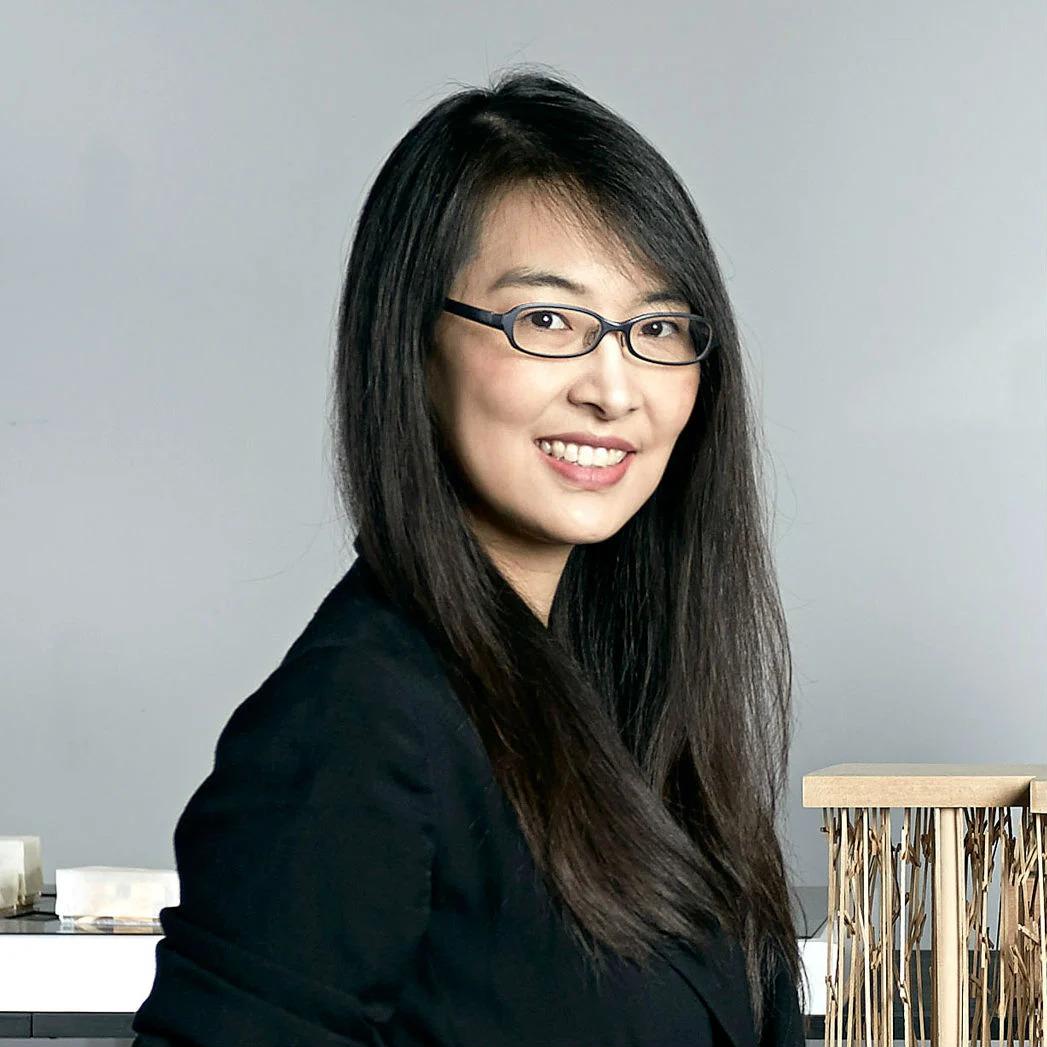
.jpg)


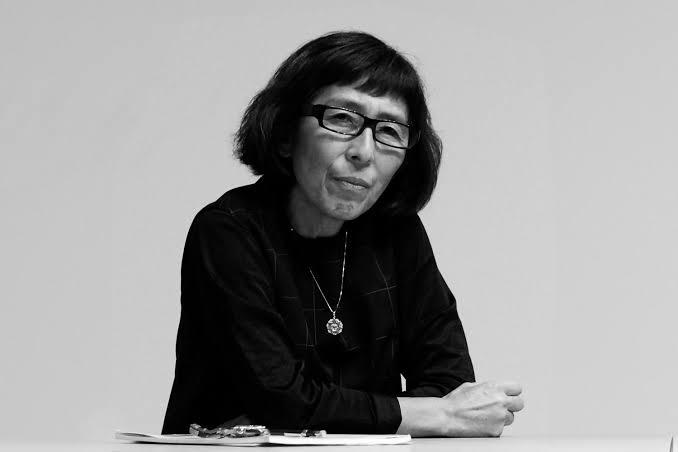
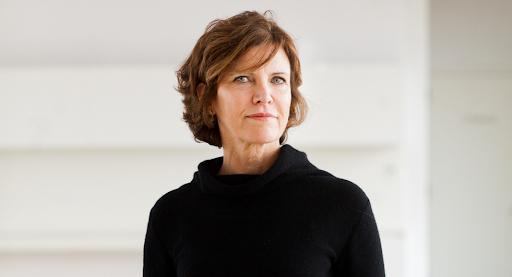
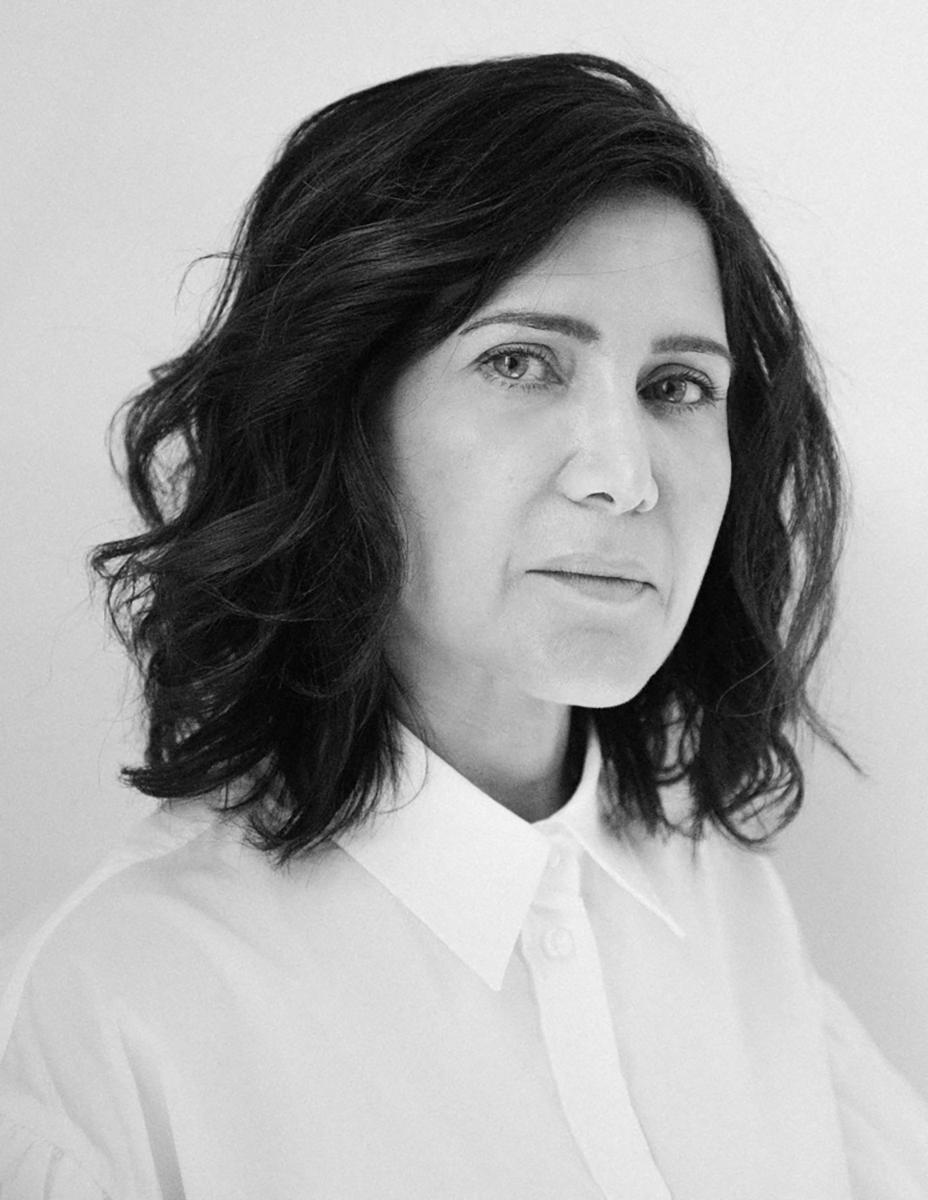

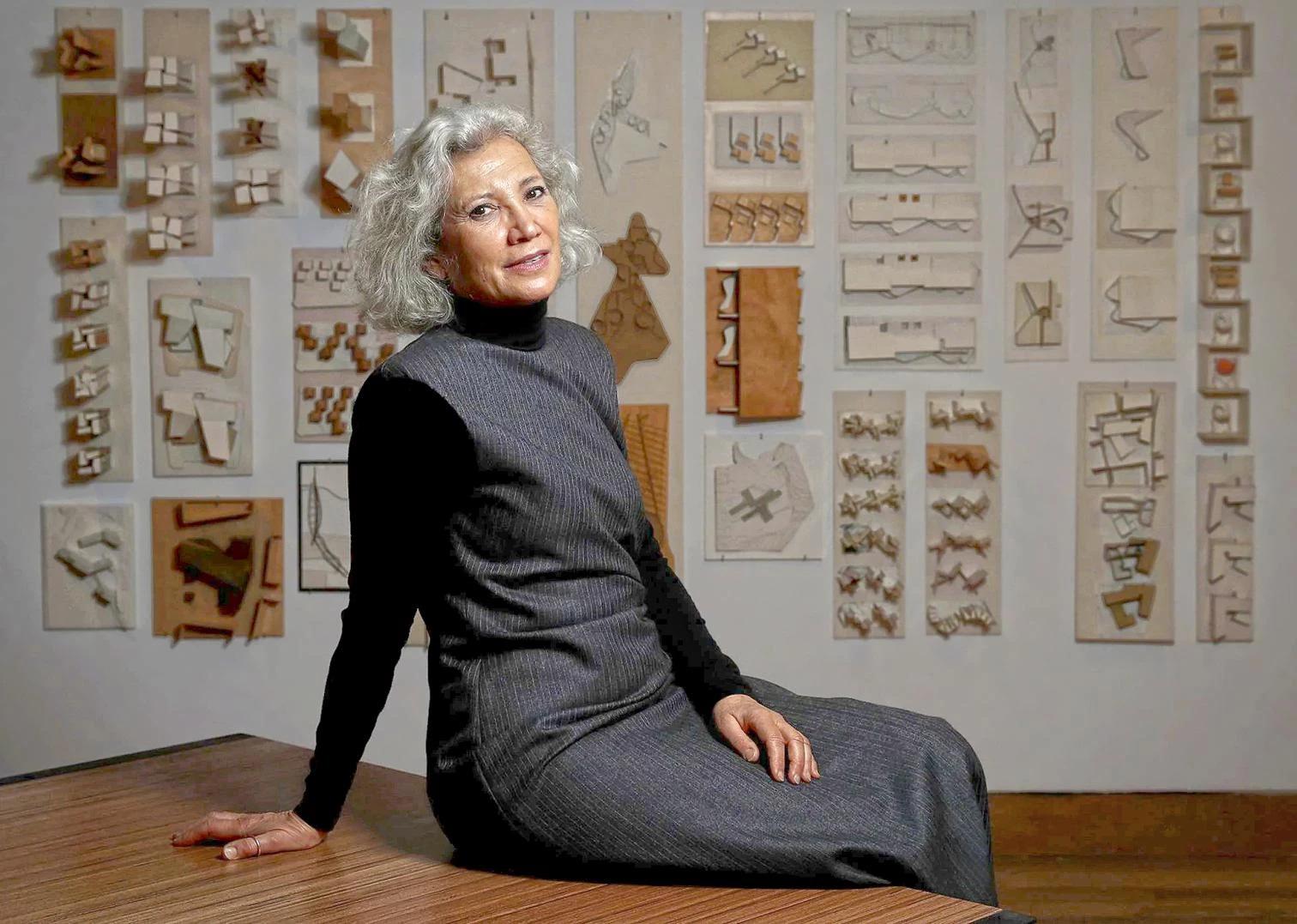
.jpg)